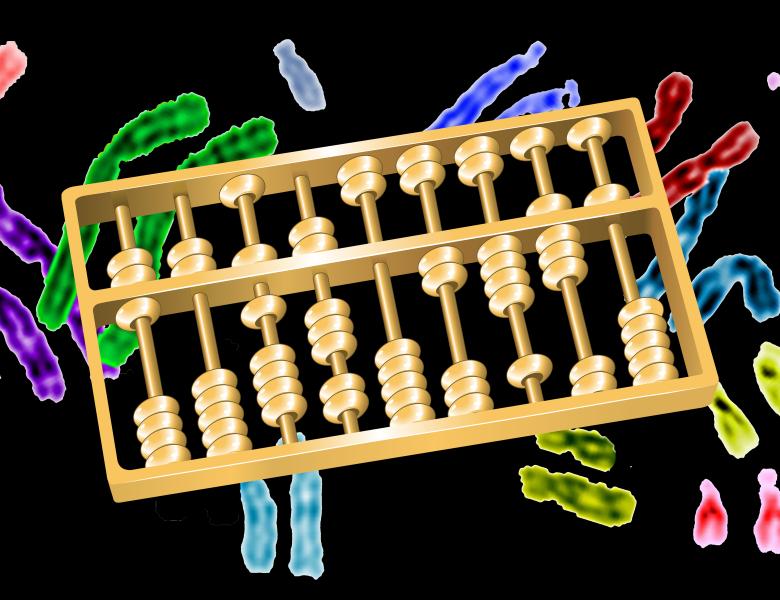This talk will examine the problem of inferring phylogenetic trees to model tumor evolution at the single-cell level via copy number variations (CNVs). We will focus primarily on inference from fluorescence in situ hybridization (FISH) data, which provides copy number counts for small numbers of probes in potentially large populations of cells extracted from single tumors. We will consider a series of models and algorithmic developments, working from simple to increasingly realistic representations of the mechanisms by which tumors evolve via copy number variation. We will simultaneously explore applications of these methods to a variety of tumor types, including breast, cervical, prostate, and head-and-neck. In the process, we will see how successive algorithmic developments lead to increasingly accurate models of tumor evolution and, in turn, to ever greater power to classify tumors and predict their future progression. We will, finally, consider emerging directions in extending methods for phylogenetics of CNVs and other structural variations to increasingly complex evolutionary models and data sources.
